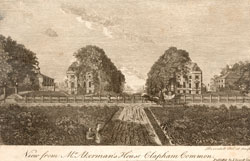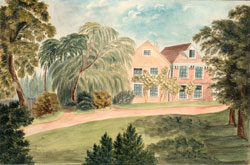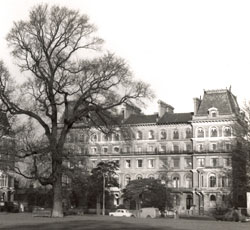History of Clapham
Clapham's most distinctive and attractive feature is its common. Its draw was as powerful in the late 17th century, when the village started to develop as a one of London's earliest true suburbs, as it is today.
Clapham's first suburban residents were attracted to the area by its easy access to London by stage coach, the clean air and water and, later, by the momentum brought to development by the enclosure of the common in the 1770s. Clapham's earliest settlers arrived to escape London's fire and pestilence of the 1660s and the village was given prestige by the residence of Samuel Pepys, diarist and naval administrator, from 1700 until his death three years later.
During the later 18th century many grand mansions were built in Old Town and on Clapham High Street and, in particular, fronting the common. Residents included Henry Cavendish, a relative of the Duke of Devonshire, the builder Thomas Cubitt, and John Venn. William Wilberforce, Granville Sharp and Zachary Macaulay were the core of the Clapham Sect, prominent evangelicals who campaigned for the abolition of slavery.
A second, more planned phase of development took place in the mid-19th century when Thomas Cubitt laid out the Clapham Park Estate. His site was extensive - over 200 acres - and the grand houses built were aimed at the very top of the market. The separate, but equally prestigious developments of Crescent Grove and Grafton Square took their tone from Cubitt's work. However the market for grand housing was a shifting one and with the arrival of affordable and convenient rail and tram transport in the later 19th century the area lost its prestige as the less wealthy moved in to smaller terraced developments. Some of these were built on green-field sites but others were on the site of earlier large but now redundant mansions. The area around Abbeville Road was developed at this time.
By the early years of the 20th century Clapham was entirely built on. 20th century building in Clapham has mainly been done by public bodies, most notably the pre- and post-war estates that replaced many of Cubitt's mansions on the Clapham Park Estate.
After World War II many of the surviving larger houses were split into flats or single room lets. The later 20th century has seen a greater appreciation of the value of older buildings and most of Clapham Old Town and the edges of the Common received conservation area status.
In more recent times there has been an upswing in desirability and Clapham is once again one of London's most popular suburbs.









